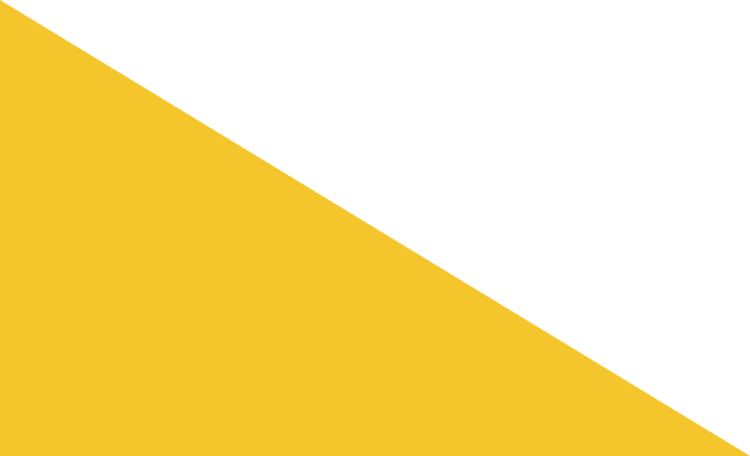 | ||
The Nishan Sahib is a Sikh triangular flag made of cotton or silk cloth, with a tassel at its end. The word, Nishan means symbol, and the flag is hoisted on a tall flagpole, outside most Gurdwaras. The flagpole itself, covered with fabric, ends with a two-edged dagger (khanda) on top. The emblem on the flag is also known as Khanda, which depicts a double-edged sword called a khanda (☬) in the centre, a chakkar which is circular, and flanked by two single-edged swords, or kirpans.
Contents
Traditional symbol of the Khalsa Panth (corps of initiated Sikhs), the Nishan Sahib can be seen from far away, signifying the presence of Khalsa in the neighbourhood. It is taken down every Baisakhi (harvest festival, mid-April in the Gregorian calendar), and replaced with a fresh flag, and the flagpole refurbished.
History
During the times of Guru Amar Das the Nishan Sahib was white, to represent peace and simplicity. During the time of Guru Hargobind, however the Nishan Sahib changed into a shade of yellow, known as Basanti. After the creation of Khalsa, Guru Gobind Singh introduced blue flag, which is still the colour of the Nihang flags. The first Sikh flags were plain, but emblems were introduced by Guru Gobind Singh. The first Sikh emblem, was not the Khanda, but the three weapons, the Kattar (dagger), Dhal (shield) and Tulwar (sabre). Later these emblems were also used by the Sikh misls and the Empire. During the time of Ranjit Singh of Punjab, the Sikh flag became red or deep orange. Even though, earlier the Sikh Imperial flag was still blue, the Dogra vassals of the Empire requested Ranjit Singh/, to change it to saffron and add the picture of the Devi on it. Ranjit Singh refused to add any deities on the flag, but changed the colour and allowed the Dogras to have their own regimental flags in the Sikh Khalsa Army.
Overview
The Nishan Sahib is placed outside every Sikh Gurdwara and is supported by a pole of timber or metal.
The Khanda, a Sikh symbol, is rendered in blue on the saffron background. The khanda is placed high up on a flagpole as a sign for all Sikhs and indeed any other people that they can come and pray in this building. Great respect is shown to this flag and the flag is considered sacred and washed using milk and water every year in April at the festival of Vaisakhi. The Nishan Sahib is changed once the saffron color has faded.
Like a Flag of any institution, this Flag symbolizes the presence of the Khalsa and hence is hoisted at every Gurdwara premises. Therefore, anybody in need of help, however with the Khalsa now being in non-war status, but always functional, the Gurdwaras serve the purpose of congregational meeting, Langar and lodging.
